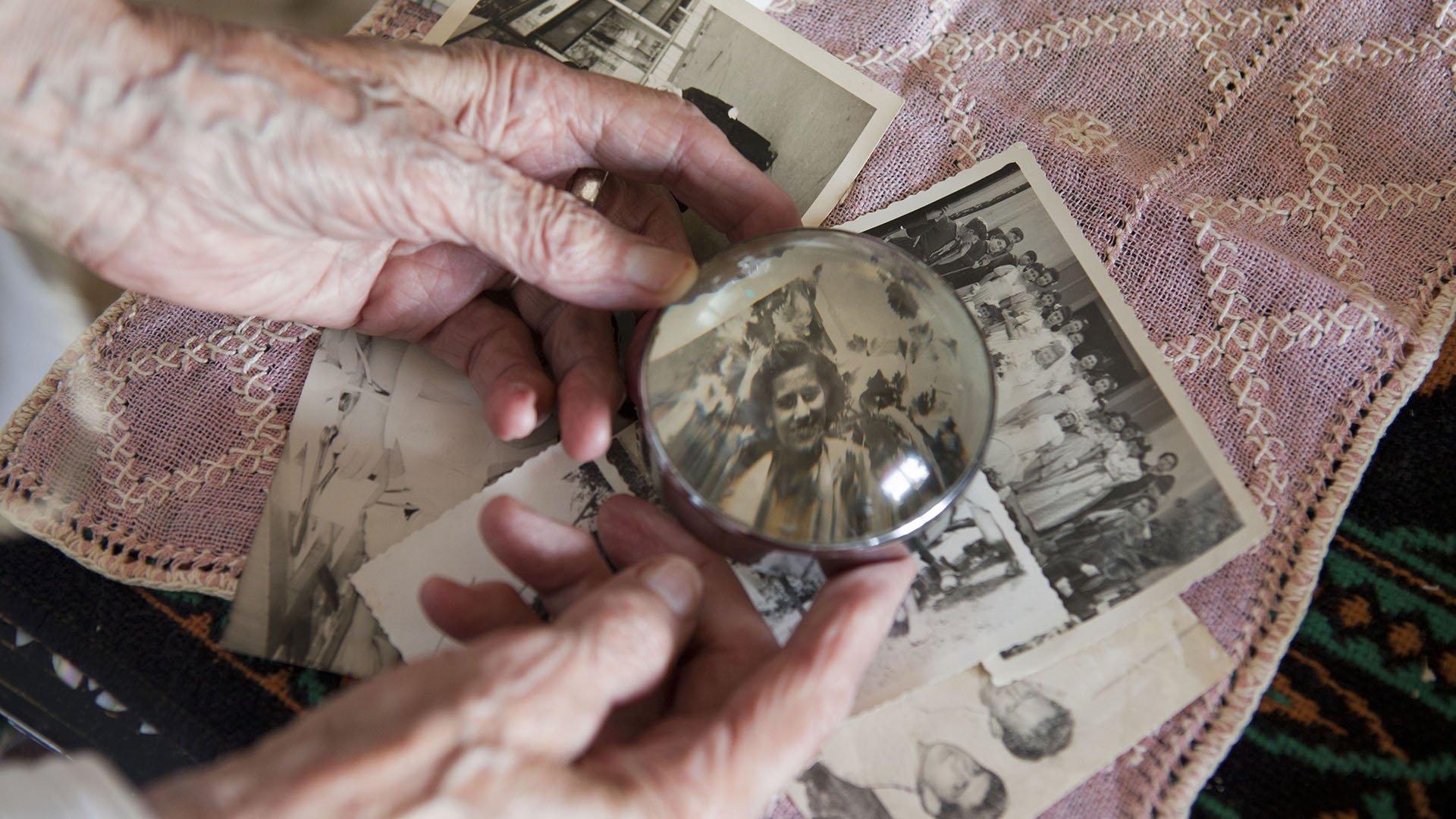The exhibition “Journeys in Memory” at the Musée d’Art et d’Histoire du Judaïsme in Paris takes a look at the work of photographer Patrick Zachmann.

You’re getting blind.
Don’t miss the best of visual arts. Subscribe for $9 per month or $108 $90 per year.
Already suscribed ?
Read more: Blue Sky, Sunshine, White Sand by the Mile


